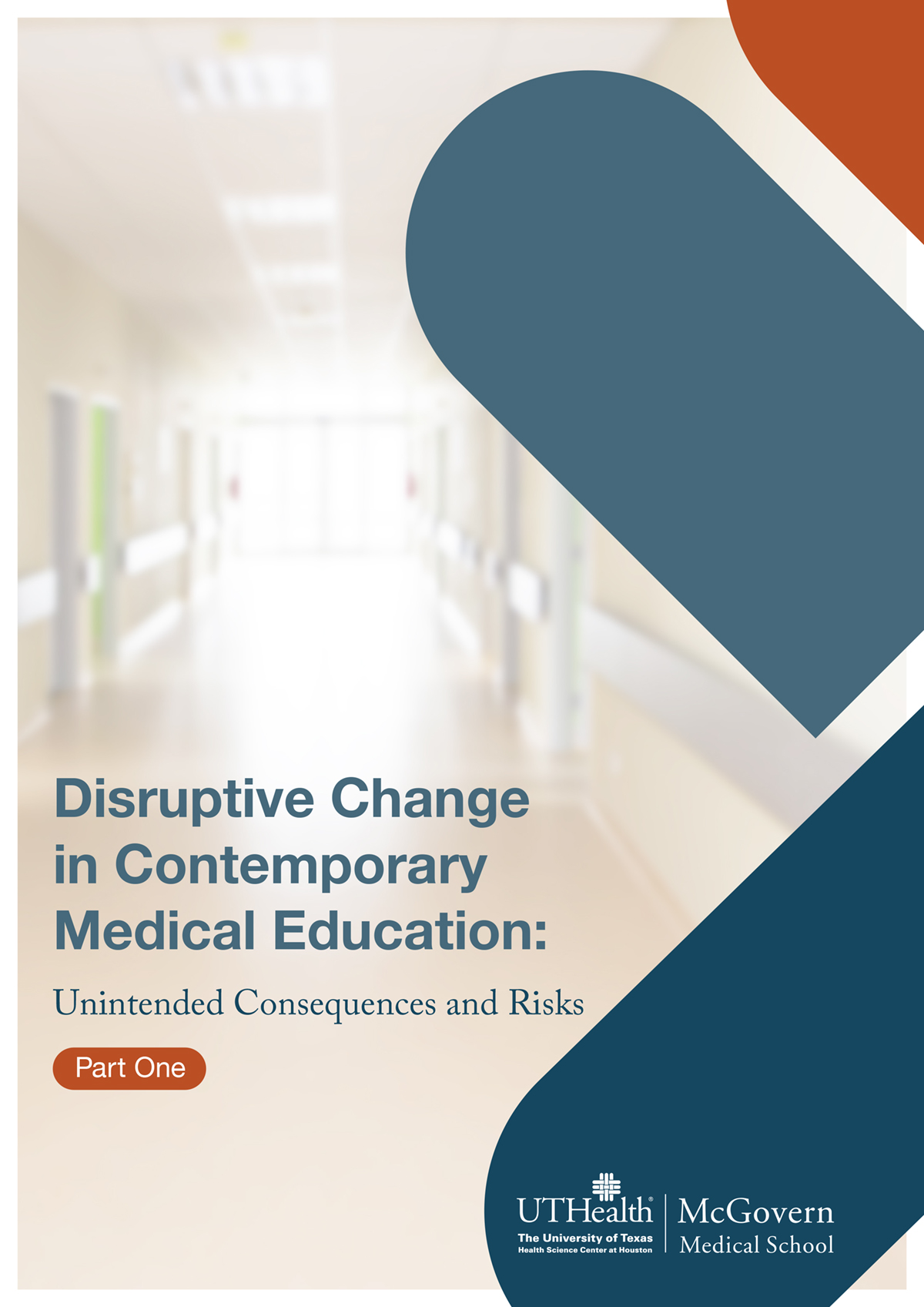Here, L. Maximilian Buja, MD, describes a disruptive change in contemporary medical education and explains the unintended consequences of that change
Early in the 20th Century, medical education was guided by principles laid down by Abraham Flexner and William Osler. Flexner had the view that medical school was to be a rigorous form of schooling – minimum requirements to get in, intensive labs, a highly active faculty and be rooted to a University. On the other hand, Osler proposed bedside learning – being hands-on in a hospital, following active doctors, and being taught in the field.
As we know, both of them won that fight. The face of contemporary medical education championed both things, with a demanding in-school course and placements in the field as two of the most intrinsic ways that a student of medicine can be judged.
However, new changes have introduced new elements.
L. Maximilian Buja describes how criticism of traditional medicine pathways has led to an unprecedented policy reform in both undergraduate and graduate medicine education. Buja says that these new policies of education “fit the definition of disruptive innovation”.
The light-speed advances in technology and how medical care works have created this moment of disruptive innovation, but is it for better or worse? Are students getting the kind of teaching they need to navigate, succeed and pass on their knowledge as medical professionals?
If you want to know the answers to these pressing questions, they’re right here.
Here, Dr Buja discusses some of the incisive changes that have been made, the original frameworks of medicine and where the world could go next with contemporary medical education.


